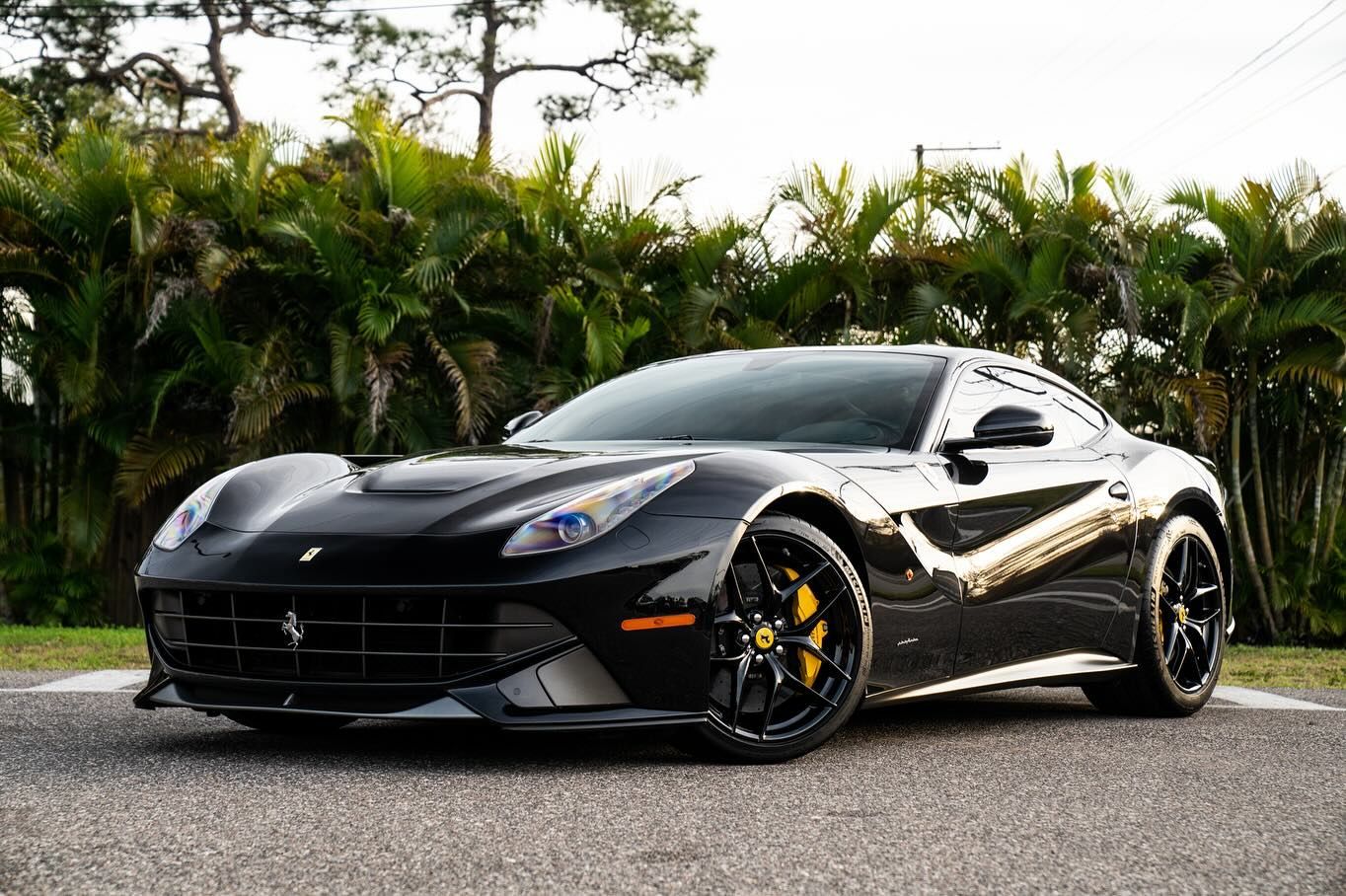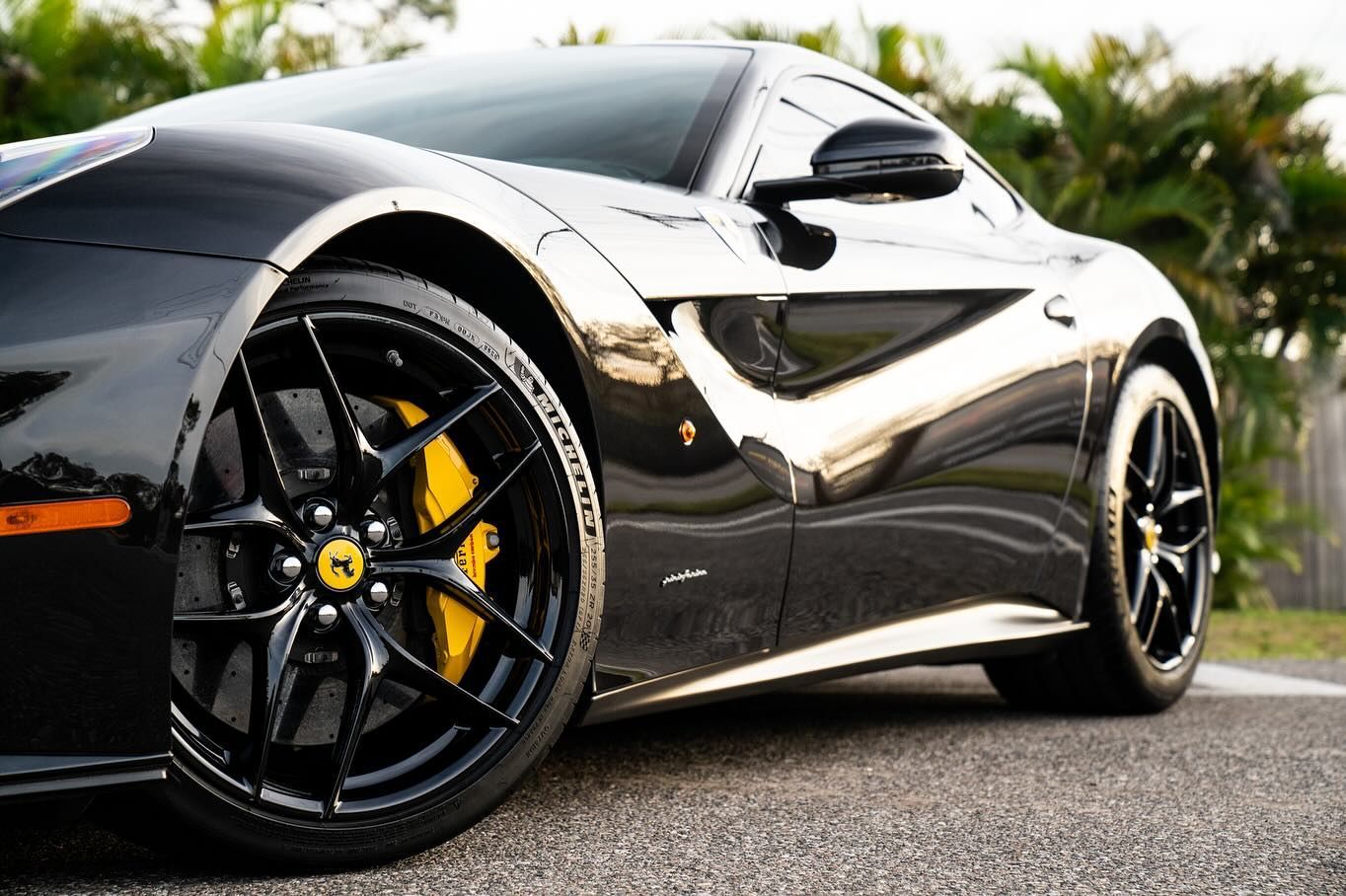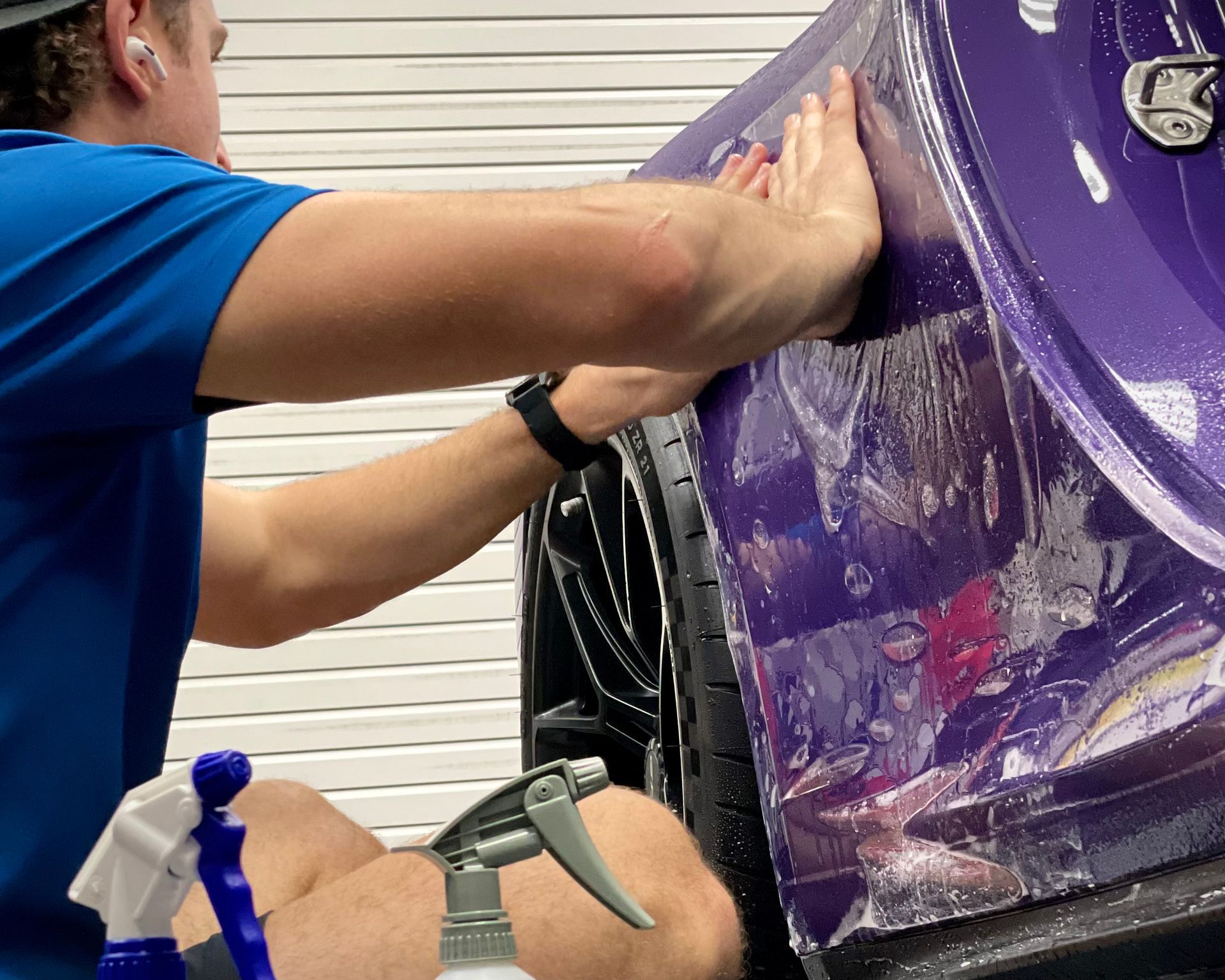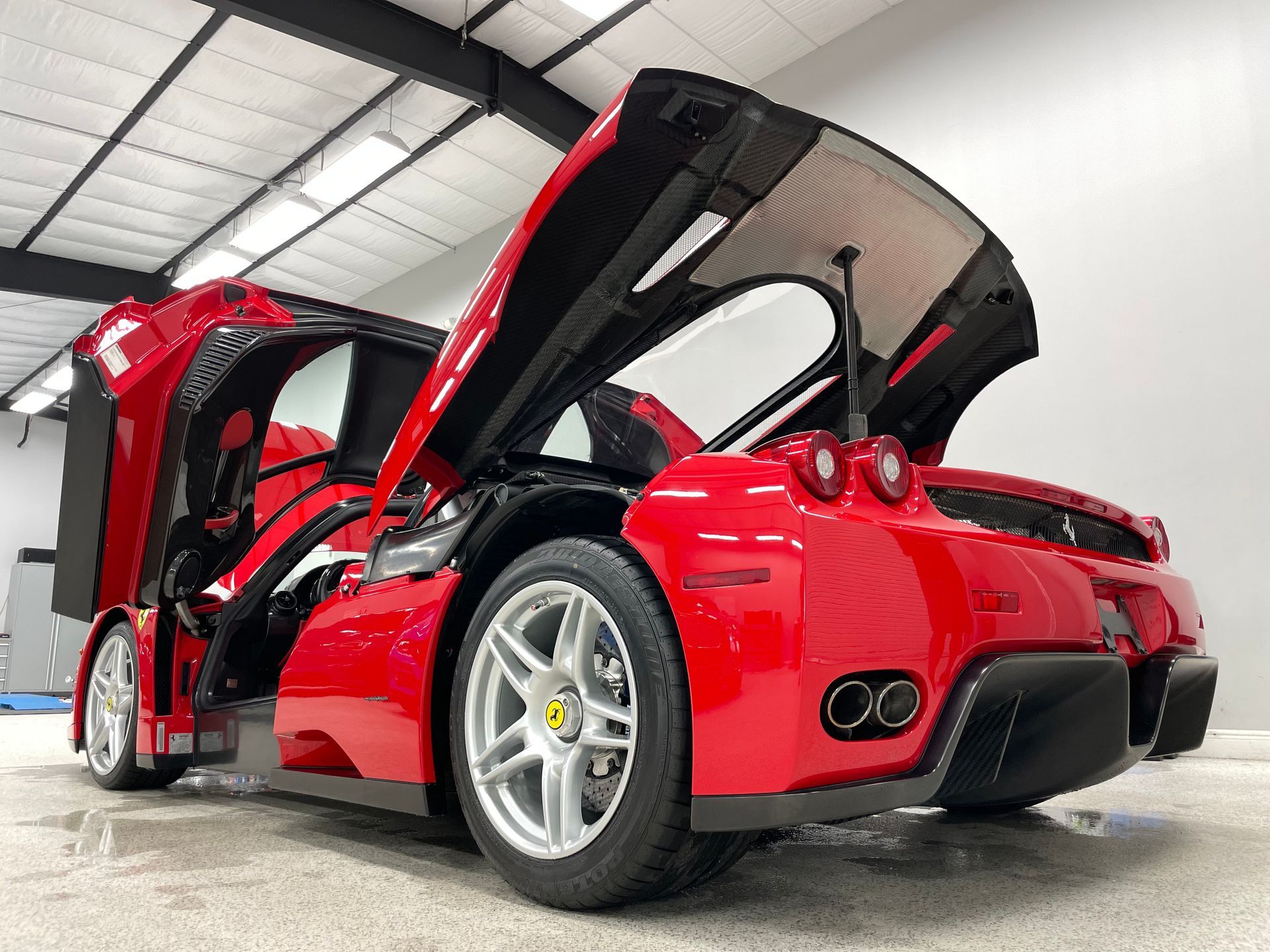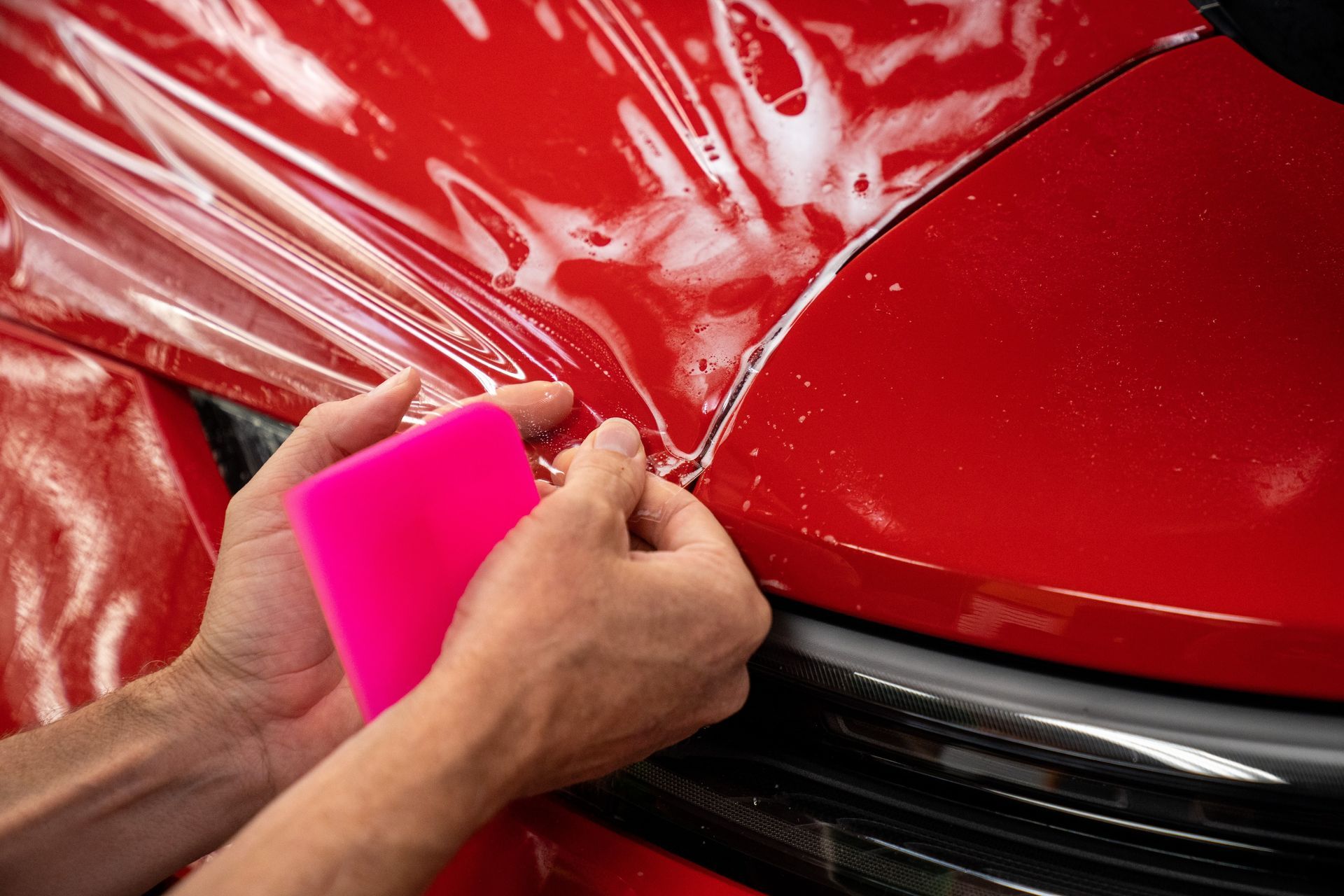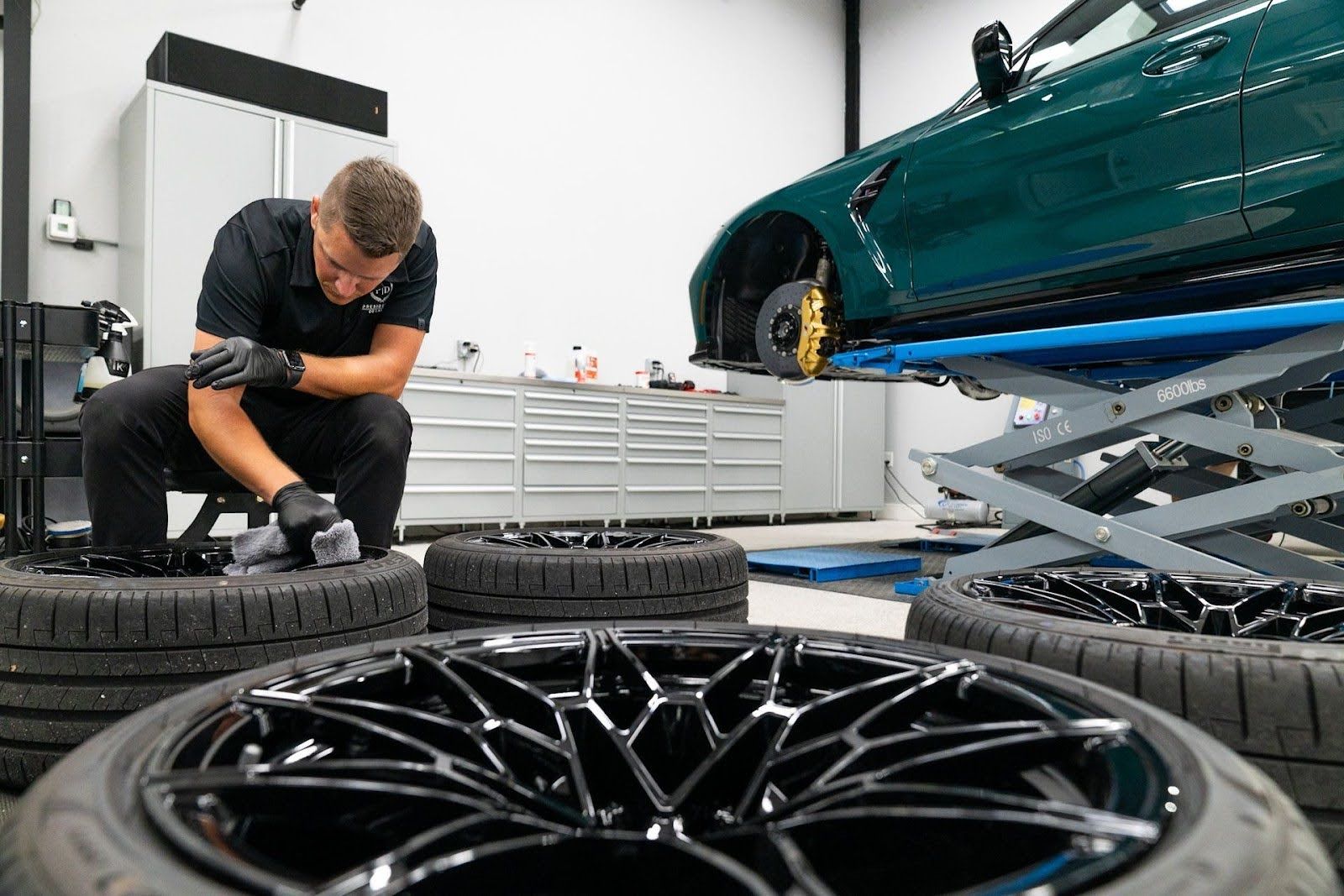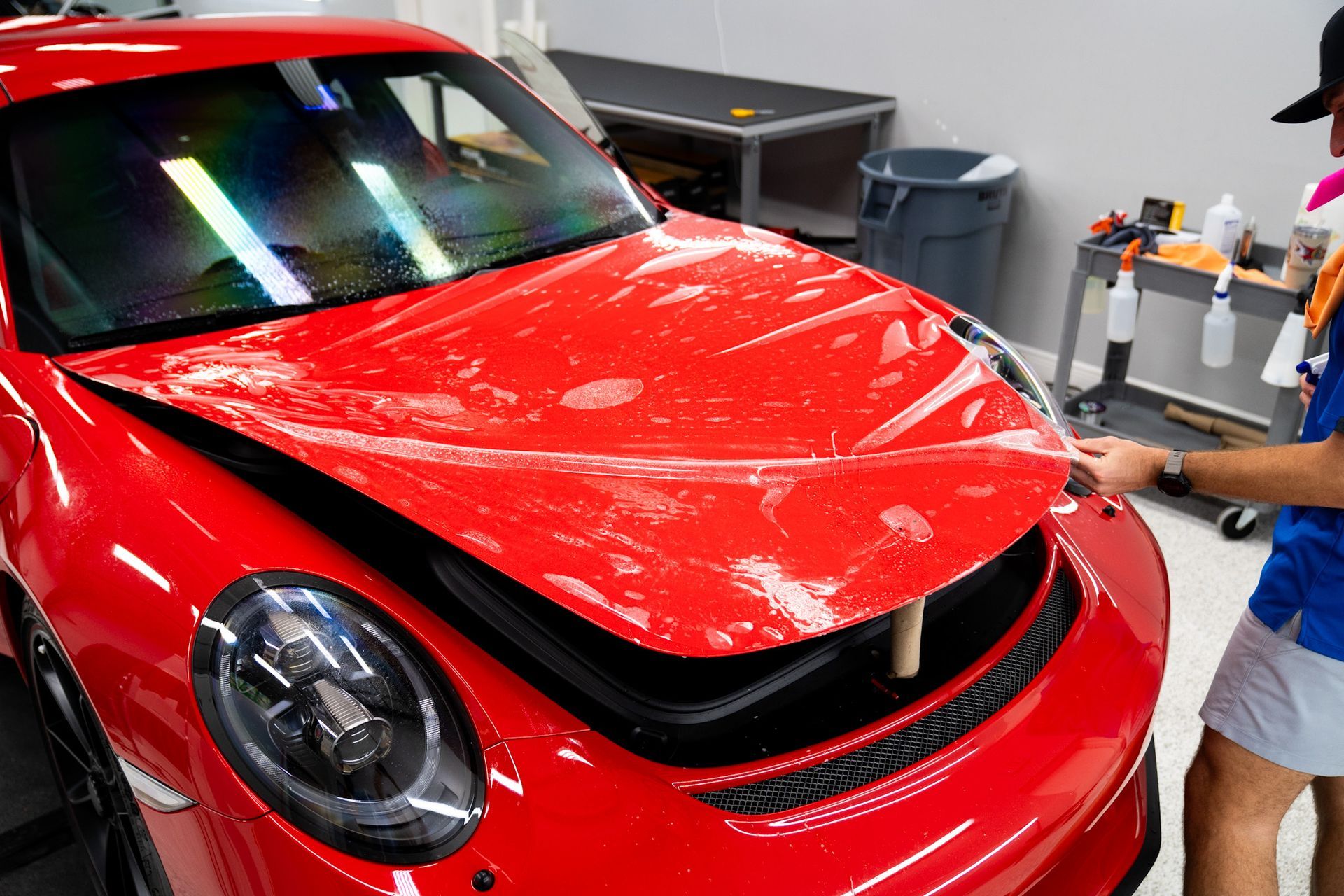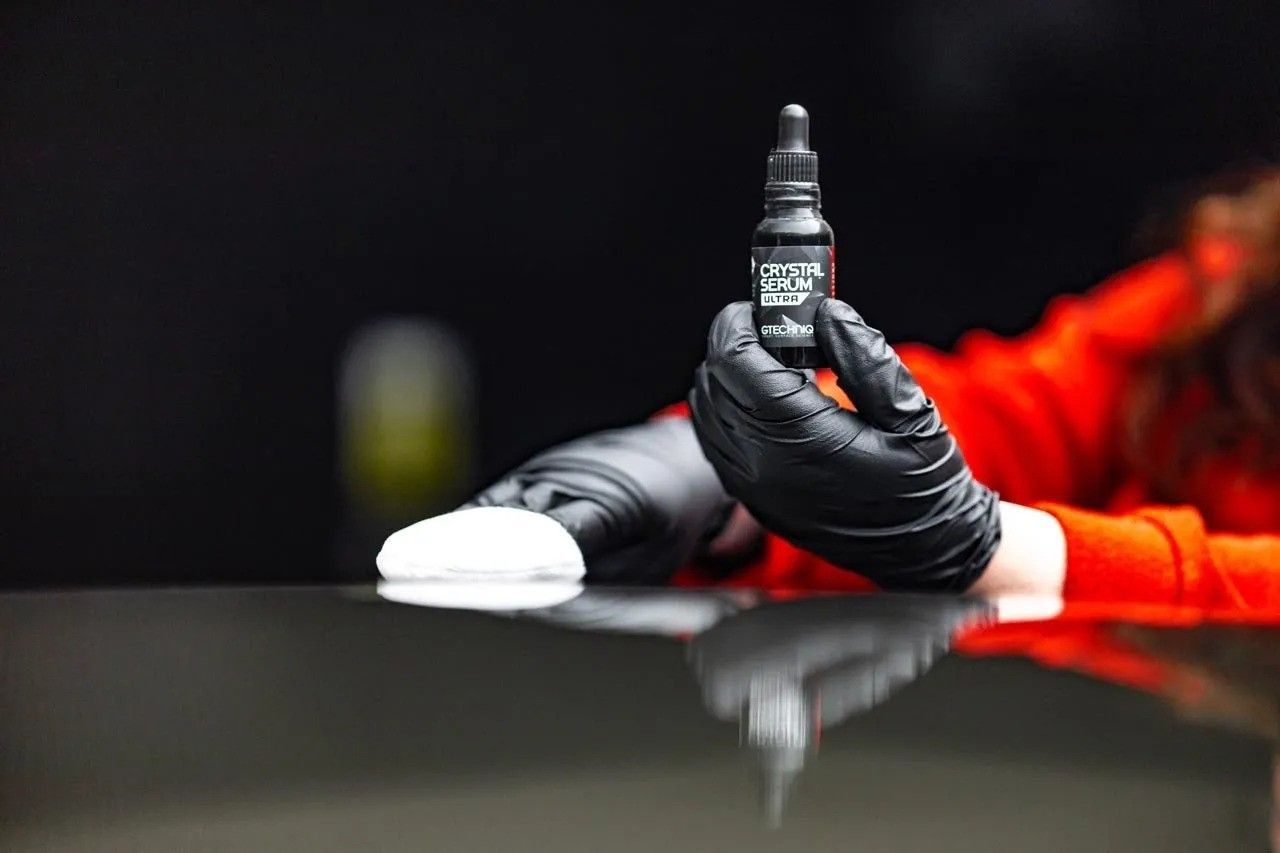The Impact of Weather Conditions on Ceramic Coating: Effects on Durability and Protection
CALL (813) 723-9679
GET A FREE ESTIMATEWeather conditions play a pivotal role in the durability and performance of your vehicle's ceramic coating. Factors such as extreme temperatures, high moisture levels or even a sudden downpour can indeed influence how well it bonds and preserves its protective abilities over time. However, it's not all doom and gloom. Understanding these weather-related effects can empower you with the knowledge to take appropriate actions to maintain the quality of the coating.
The Benefits of Ceramic Coating
Ceramic coatings provide an exceptional layer of defense for your vehicle's surface. This isn’t just any ordinary protective shield—it’s a chemically resilient bond that acts like a suit of armor for your car. Once applied, this shield becomes the first line of defense against environmental contaminants, UV rays, and oxidation that detract from your vehicle's pristine look. It's like having a superpower that allows you to reduce the frequency of car washes and maintain your car's sleek appearance for an extended period, thereby saving you time and money.
UV rays are one of the leading causes of paint damage on vehicles. Ceramic coating provides a strong barrier against these harmful rays that can cause fading and discoloration. Imagine not having to worry about leaving your car out in the sun anymore. And that's not all—contaminants such as dirt, bird droppings, and bug splatter can wreak havoc on your car's paint, but with ceramic coating in place, it’s like they’ve got no strength left to do any harm. Let's not forget about oxidation; it’s the process where oxygen reacts with your car's paint, causing it to fade or lose its shine over time. Here too, ceramic coating stands its ground firmly, providing protection against this natural process.
Another remarkable feature of ceramic coatings is their ability to repel water and contaminants much more effectively than traditional waxes or sealants. It's like having a force field around your car that prevents any grime or water spots from sticking around. Let's say you decide to go for a drive through muddy terrain or encounter heavy rain. With a ceramic coating, you'll notice how effortlessly the dirt simply slides off with minimal effort compared to a non-coated surface. It keeps your car looking cleaner for longer periods of time, which means fewer frequent trips to the car wash.
So, essentially, applying a ceramic coating to your vehicle equals investing in long-term protection for your paintwork. And trust us, keeping your car looking sharp without going through the hassle of frequent maintenance is as good as it sounds—maybe even better!
Weather and Ceramic Coating: The Connection
Ceramic coating acts as a protective shield for your vehicle, warding off damage from UV rays, oxidation, and chemical substances. However, weather conditions play a crucial role in enhancing the durability and protection provided by ceramic coatings. Extreme temperatures, whether extremely hot or bone-chillingly cold, can impact the bonding and curing processes of ceramic coatings.
- Heat and Humidity: In hot climates, the high temperature can hasten the curing process of the ceramic coating, making application more challenging and potentially leading to degradation or peeling over time. Conversely, intense sunlight can cause fading or discoloration of the ceramic coating, affecting both its appearance and protective properties.
- Heavy Rain and Snow: During periods of heavy rain and snow, water spots may form on the vehicle surface, potentially damaging the coating if not adequately maintained. This underscores the significance of regular maintenance and care to ensure the efficacy of ceramic coatings across varying weather conditions. If you've recently applied ceramic coating to your car and then experienced heavy rain, you might observe water spots forming as the rainwater dries. To prevent this, proper maintenance of the vehicle is essential, even after applying the coating.
To uphold the quality of your ceramic coating in diverse weather conditions, it's critical to be aware of these variables that influence the bonding and curing processes of the coating. Understanding these factors empowers consumers to make informed decisions about applying and maintaining ceramic coatings for optimal durability and protection.
Weather Variables that Influence Ceramic Coating
- Temperature: The temperature plays a significant role in the curing process of ceramic coatings. Higher temperatures reduce curing time, allowing the coating to dry and adhere more quickly. Conversely, lower temperatures slow down the curing process. This means that during colder weather, you might need to allow more time for the ceramic coating to properly cure on your vehicle's surface. It's important to be mindful of the cure times specified by the manufacturer, especially when applying ceramic coatings in different seasons. Working within the recommended temperature range ensures that the coating cures optimally, guaranteeing long-lasting protection for your vehicle.
- Humidity: High levels of humidity can complicate the application and curing process of ceramic coatings. Excessive moisture in the air can prolong the curing time, potentially leading to a longer application process. High humidity increases the likelihood of contamination during the application process, as water particles in the air may mix with the coating, affecting its integrity and overall performance. This emphasizes the importance of choosing an appropriate environment and timing for applying ceramic coatings, especially in regions with high humidity levels.
- UV Exposure: Continuous exposure to ultraviolet (UV) radiation can have detrimental effects on ceramic coatings over time if they are not adequately protected. It can lead to premature degradation of the coating, causing it to lose its effectiveness in protecting the underlying surface. To mitigate this impact, it is essential to invest in ceramic coatings with UV-resistant properties or apply additional protective layers that shield against excessive UV exposure. Imagine how sunscreen protects your skin from harmful UV rays; similarly, UV-resistant properties in ceramic coatings act as a barrier against environmental elements, preserving the integrity of the coating for a longer duration.
Understanding these influential weather variables allows us to make informed decisions when applying and maintaining ceramic coatings, ensuring their optimal performance and durability regardless of external conditions.
EFFECT OF WEATHER ON CERAMIC COATING PERFORMANCE
In the realm of ceramic coatings, extreme weather conditions pose a significant challenge. Let's dissect how different weather types can influence the overall performance of ceramic coatings.
LONGEVITY
One of the most substantial impacts of weather on ceramic coatings is their effect on longevity. Harsh UV exposure prevalent in sunny climates can expedite the degradation of the coating, causing it to break down and lose its protective properties more quickly. Conversely, freezing temperatures, common in colder regions, might impede the curing process of the ceramic coating, leading to potential issues with adhesion and effectiveness. In hot climates, high temperatures can cause the ceramic coating to degrade or even peel off, leaving the vehicle's surface vulnerable to environmental hazards. On the other hand, freezing temperatures can hinder the proper cure of the ceramic coating, impacting its ability to form a strong bond with the vehicle's surface. These contrasting effects underscore how weather significantly influences the lifespan and performance of ceramic coatings.
APPEARANCE
In addition to longevity, weather-related contaminants present a considerable challenge to maintaining the appearance of ceramic coatings. Pollen, dust, and bird droppings are just a few examples of environmental elements that can mar the appearance of ceramic coatings if the vehicle isn't adequately protected or maintained. Moreover, intense sunlight can lead to fading or discoloration of the ceramic coating, diminishing its visual impact and protective qualities over time. Heavy rain and snow also pose risks, as they can create water spots and potentially damage the coating if not properly addressed through regular maintenance and care.
For example, a vehicle with a ceramic coating left exposed to harsh weather conditions without proper cleaning and maintenance is more susceptible to these negative effects. Regular washing and drying using appropriate cleaning products becomes an essential practice to preserve the appearance and protective properties of ceramic coatings under diverse weather conditions. Understanding the impact of various weather conditions on ceramic coatings enables consumers to make informed decisions about their application and ongoing maintenance to ensure optimal durability and protection for their vehicles.
Tips to Maintain Your Car's Ceramic Coating in Different Weather Conditions
Ceramic coating is an excellent way to protect your car's paint from various environmental elements, but proper maintenance is key to ensuring its longevity and effectiveness, especially in the face of diverse weather conditions. Here are some practical tips to help you preserve your car's ceramic coating through different weather changes.
Temperature Regulation
Extreme temperatures can have a significant impact on the durability of ceramic coatings. When exposed to high heat, the coating can degrade faster, while freezing temperatures can affect its bonding properties. To mitigate these effects, consider parking your car in a covered area when extreme temperatures are expected. This simple step can help regulate the temperature around your vehicle, minimizing the adverse impact on the ceramic coating.
Monitoring for Water Droplets
During periods of high humidity or rainy seasons, water droplets can accumulate on your car's surface, potentially leading to unsightly water spots. Regularly checking your vehicle for water droplets and promptly drying the surface with a gentle microfiber towel can prevent these spots from forming and maintain the effectiveness of the ceramic coating. By being diligent in this practice, you can uphold the pristine appearance of your car's exterior even in challenging weather conditions.
Proper Ventilation
When it comes to preserving ceramic coatings, ensuring proper airflow around your car plays a crucial role, particularly during the application and curing process. Adequate ventilation aids in expediting the curing process and helps maintain the integrity of the ceramic coating, regardless of the prevailing weather conditions. Whether it's a warm summer day or a chilly winter morning, ensuring sufficient airflow around your vehicle promotes optimal performance and longevity of the ceramic coating.
Taking these proactive steps ensures that your car's ceramic coating remains resilient and visually appealing no matter what weather conditions it encounters.
Leading Provider of Ceramic Coating Services in Tampa, FL
Preserve your vehicle's beauty and protect it from the elements with Presidential Automotive Detailing, the
leading provider of ceramic coating services in Tampa, FL. Our expert team specializes in applying high-quality ceramic coatings that provide unmatched protection against various weather conditions, including intense sun, heavy rain, and humidity. Trust Presidential Automotive Detailing to safeguard your investment and keep your car looking pristine in any weather. Schedule your appointment today to give your vehicle the ultimate protection it deserves. Call us at
(813) 723-9679 to get started!

